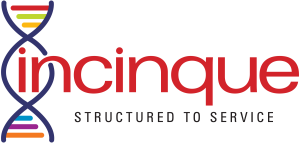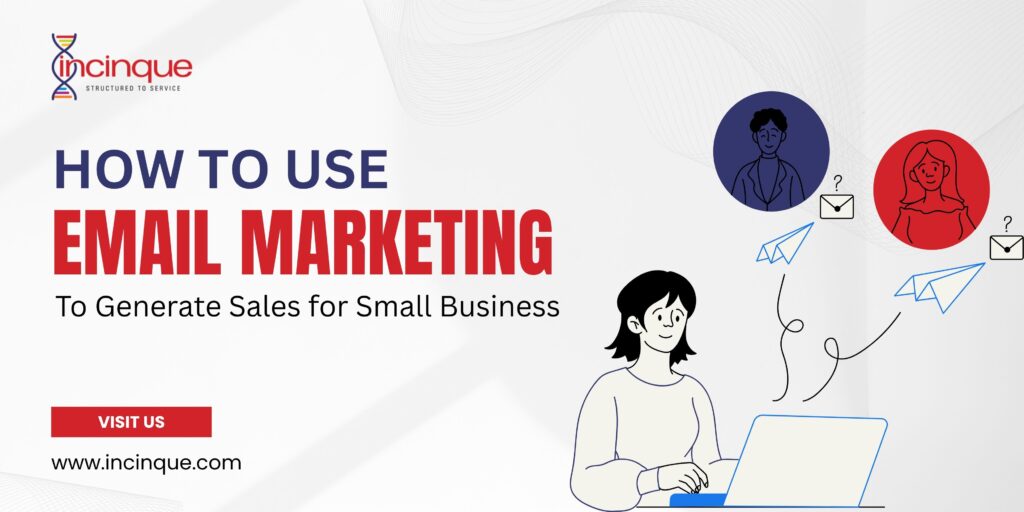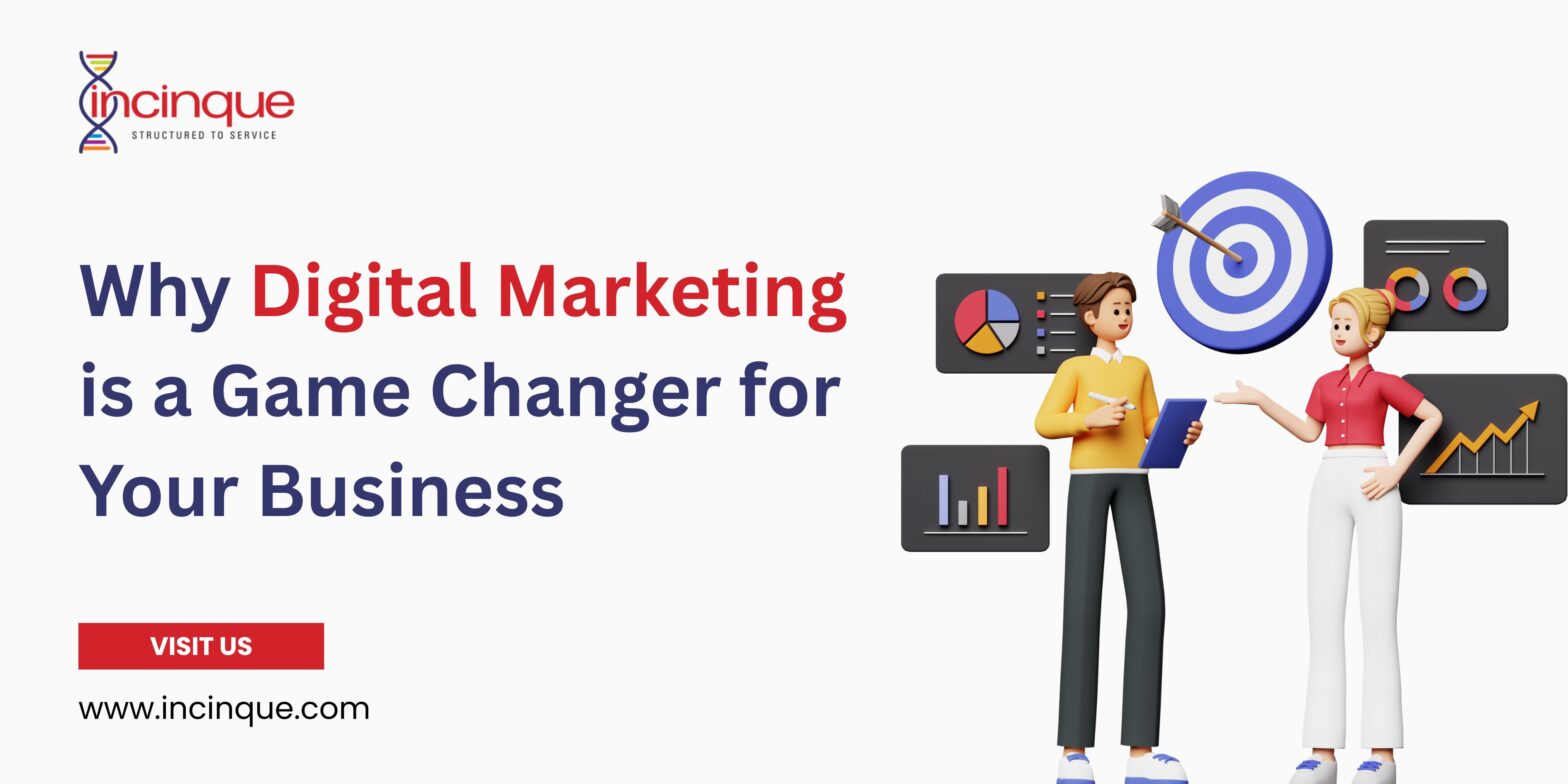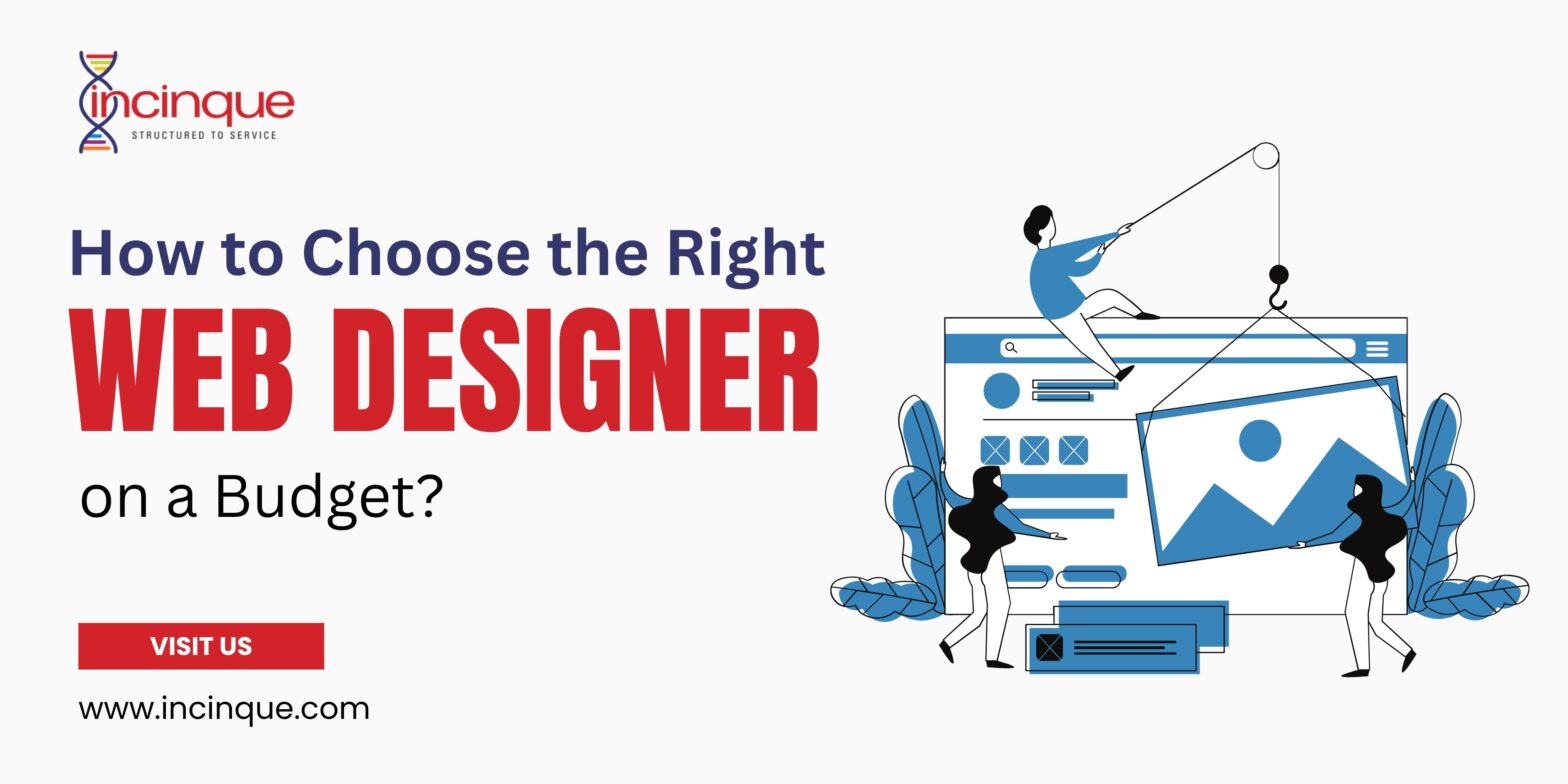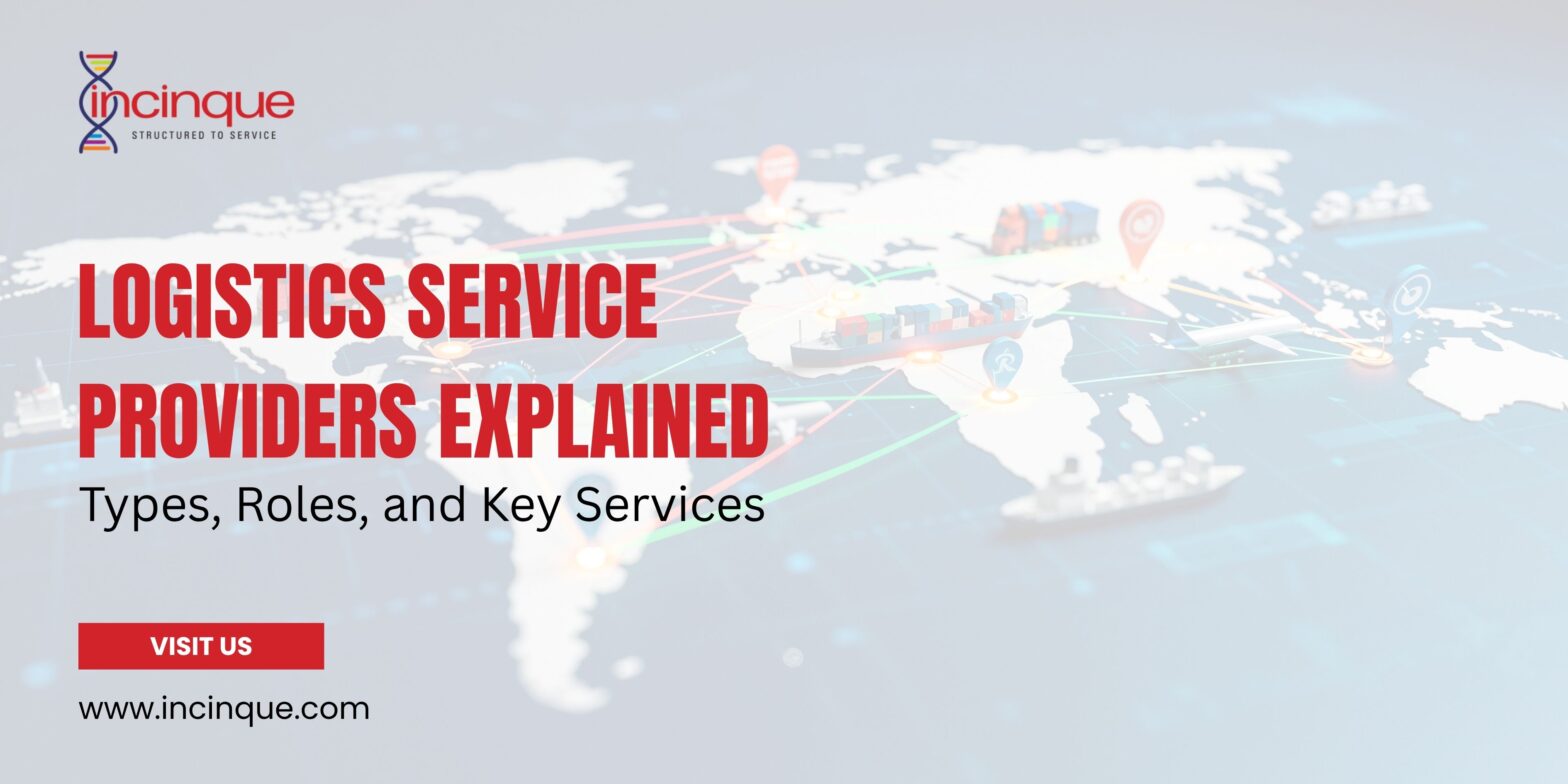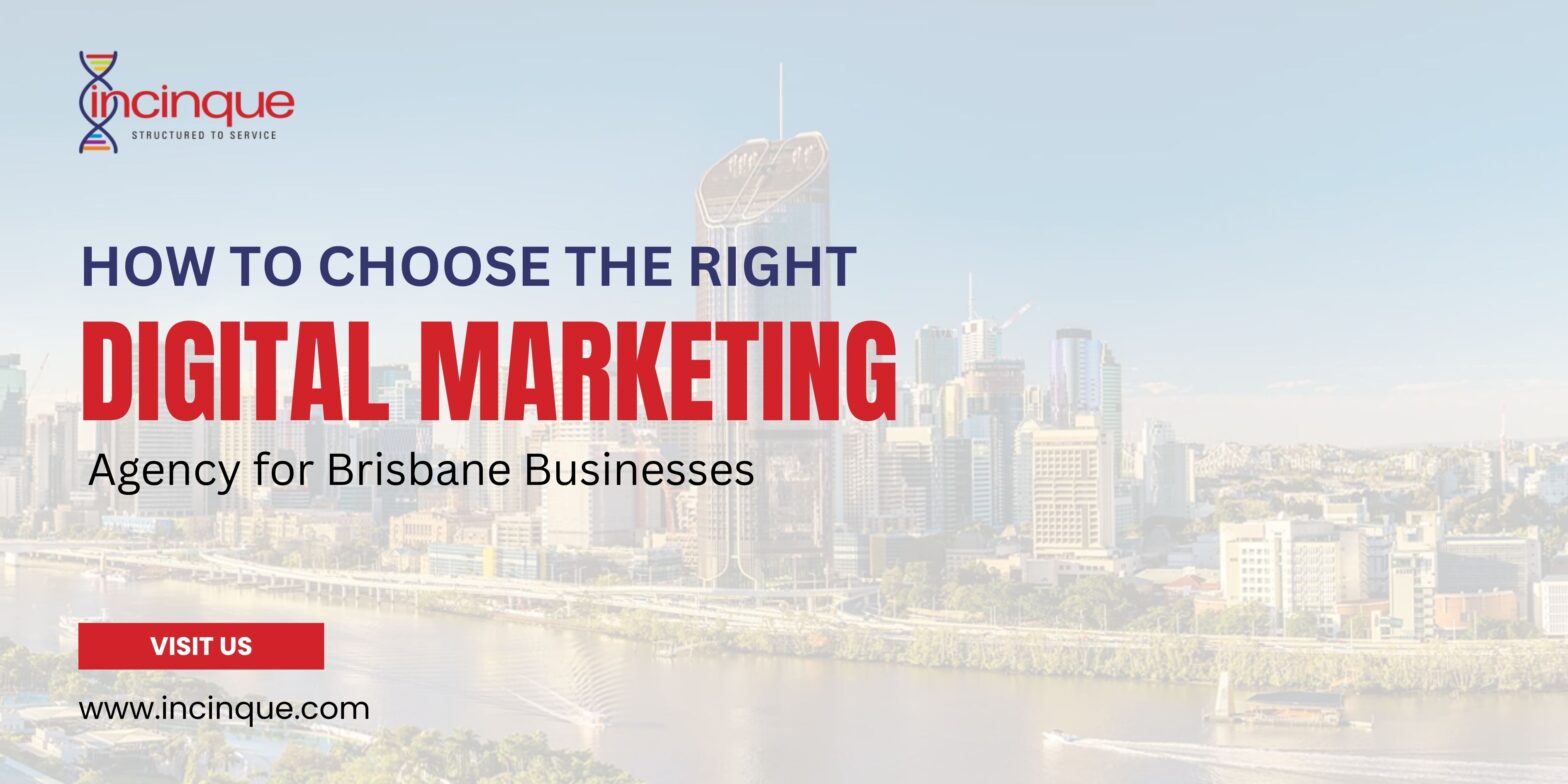This era is a digital world, where social media streams shift every day and ad spend keeps climbing, one channel remains a powerhouse for small businesses with email marketing. For each dollar invested, email campaigns typically pull in about $36, delivering a staggering 3,600% return on investment. This track‑record of profitability makes it an essential tactic for any small or mid‑size company seeking reliable, scalable revenue growth.
However, success isn’t just about blasting any message. To actually drive purchases and foster brand loyalty, you must adopt a modern approach that incorporates personalization, automation, and the latest AI tools for email marketing.
The AI Revolution: Why AI for Email Marketing Matters Today
The biggest shift in contemporary email marketing is the adoption of Artificial Intelligence (AI). What does AI mean for email marketing? It involves tools and algorithms that sift through huge amounts of customer data to make instant decisions about your campaigns. It pushes your strategy beyond educated guesses into highly informed, data‑driven precision.
Key Applications of AI
- Hyper-Personalization: AI examines a customer’s browsing history, buying habits, and engagement data to dynamically embed the most relevant product recommendations, discounts, or content into their email. This goes far beyond simply using their first name.
- Predictive Send Time: The AI examines each subscriber’s typical email‑opening patterns and automatically selects the optimal moment to send the message. This can boost open rates by up to 30 % compared with manually scheduled sends.
- Subject Line Optimization: AI-powered content generators can instantly create and A/B test hundreds of subject‑line options, choosing the one forecasted to deliver the highest open rate before the full campaign even launches.
- Automated Segmentation: AI can perform advanced analyses such as Recency, Frequency, and Monetary (RFM) to automatically categorize subscribers into high‑value, at‑risk, or new‑customer segments, delivering extremely precise targeting.
By using AI-driven email marketing, even modest teams can launch advanced, high‑volume campaigns, delivering a level of personalization that was once the domain of large corporations.
Key Elements That Influence Email Marketing Success
A successful email marketing approach hinges on a handful of essential pillars. Neglecting any of these aspects can sharply restrict your sales potential.
1. Superior Deliverability
It won’t matter how brilliant your email looks if it lands in the spam folder. Deliverability the percentage of messages that actually reach the inbox is fundamental. To secure it, you need to use a trusted email‑marketing platform (like Constant Contact, HubSpot, or Mailchimp), keep your list clean by removing inactive or invalid addresses, and avoid overly “spammy” content or subject lines.
2. Deep Audience Segmentation
Sending the same generic message to everyone on your list is the fastest way to drop engagement and raise unsubscribe rates. Segmentation means breaking your list into smaller groups based on shared traits or behaviors.
Example: An apparel shop splits its mailing list by gender, buying behavior (e.g., purchased hiking gear versus formal wear), and region. A targeted email promoting a new line of winter coats is sent only to subscribers in cold climates who have previously bought outerwear. Marketers who segment their lists can see revenue lift as high as 760 %.
3. Effective Email Marketing Automation
Automation powers the creation of sales. It ensures your prospects are nurtured and clients stay loyal without continual hands‑on effort. Email marketing automation enables you to build trigger‑driven sequences that dispatch messages at the ideal moment in the customer journey.
- Welcome Series: Delivered right after registration, this series introduces your brand and offers a modest incentive for the first purchase.
- Abandoned Cart Emails: Sent when a shopper leaves items in their online cart without completing the purchase. Sending a sequence of three abandoned cart emails can increase orders by 69 % compared with a single reminder.
- Post-Purchase Follow-up: Check the product after a purchase to request a review, suggest cross‑sell items, or deliver educational content about the product.
Data-Driven Proof: Why Email Outperforms
Across the globe, email continues to be one of the most powerful and profitable marketing tactics. Data consistently backs its impact, particularly for small firms that prioritize customer retention. For each dollar poured in, the average return is $36 a level of profitability unmatched by other channels. That’s why 81 % of small and mid‑size businesses (SMBs) turn to email for acquiring new customers, and 80 % rely on it for keeping them. It truly stands as the cornerstone of sustainable growth. Moreover, marketing emails directly shape buying behavior; 59 % of shoppers say these messages sway their purchase decisions. Targeted segmentation boosts performance segmented initiatives can generate up to 760% more revenue, demonstrating that precise targeting is essential for higher sales.
Ecommerce
A retailer discovered that email‑generated sales climbed to 40% of total store revenue after deploying nine automated email flows including cart‑abandonment reminders and customized upsell offers. This demonstrates that email isn’t simply a communication channel, when applied strategically, it turns into a powerful revenue engine.
Moreover, for those looking at broader outreach, email is a vital part of comprehensive Digital Marketing Strategies.
The Strategic Edge: Email vs. Other Methods
While social media and search engine optimization (SEO) are critical, email offers unique advantages that directly translate to sales.
Ownership and Control
Unlike social networks, where algorithm tweaks can instantly shrink your audience to almost nothing, an email list is a fully owned asset. You dictate the connection, the content, and the timing.
Targeted Conversion Goals
B2B email marketing concentrates on generating leads, nurturing prospects, and delivering educational material such as case studies and webinars to shepherd a buyer through a lengthy sales cycle. It highlights your firm’s credibility and expertise. In contrast, B2C email marketing seeks an instant emotional connection and rapid purchases through eye‑catching visuals, product spotlights, and straightforward promotions. Both aim for a clear, quantifiable conversion. If you operate a B2B business, partnering with a B2B email marketing agency or a comparable email‑service provider can simplify the intricate process of lead nurturing.
Cost-Effectiveness
The impressive ROI speaks for itself. The incremental cost of sending a software marketing email or a simple newsletter to an existing subscriber is essentially zero, making it far more cost‑effective than running paid search or social media ads. This positions it as an ideal core strategy, whether you’re a startup or evaluating the Benefits of Hiring Marketing Services Companies.
Practical Steps to Win at Email Marketing for Small Business
Turn your list into a sales driving powerhouse by following these five important steps.
1. Choose the Right Tool (Your Campaigner Email Marketing Hub)
Select an easy to use platform with strong deliverability and automation features.
- For Beginners: Both Mailchimp and Constant Contact provide intuitive, user‑friendly interfaces.
- For Ecommerce: Klaviyo is a powerful, data-driven option.
- For All in One: Hubspot marketing email works smoothly with a CRM, offering robust tracking and sales alignment. If you need expert setup, consider hiring a specialized email marketing agency.
2. Implement the Welcome Sequence Immediately
Your top‑performing welcome email. Build a drip series of three to five automated messages that fire immediately when someone signs up. Kick off by sharing your mission, showcase your best‑selling product or service, and include a clear, time‑limited discount (e.g., 10 % off). This is crucial for email marketing, content distribution, and driving early engagement.
3. Master Segmentation (Go Beyond Demographics)
Segment by behavior, as it signals intent more accurately than demographics. This is essential for effective B2B email lead generation and B2C sales.
- Product Interest: Separate those who browse a product category from those who buy.
- Engagement: Create a “Highly Engaged” list of people who consistently click or open, and a “Re-engagement” list for those who haven’t opened an email in 90 days.
- Purchase History: Segment by how much they’ve spent or the specific type of product they bought to facilitate relevant cross-selling, such as in automotive email marketing.
4. Optimize for Mobile and Scannability
Remember, over half of all email opens happen on a mobile device. Keep paragraphs short (1-3 sentences), use bullet points, and ensure your call-to-action (CTA) button is large and easy to tap.
5. Always Provide Value (The 80/20 Rule)
Avoid bombarding recipients with sales pitches daily. Apply the 80/20 principle, let 80 % of your material be informative, educational, or entertaining, and reserve only 20 % for direct selling. This approach fosters credibility and authority key elements of E‑E‑A‑T. Pinpointing the perfect time of day for email campaigns matters less than delivering content that is genuinely useful and pertinent.
Conclusion: Your Direct Path to Consistent Revenue
Email marketing isn’t a relic for small businesses, it remains a dynamic channel delivering the strongest ROI in digital marketing. By leveraging intelligent list segmentation, robust email automation, and the accuracy of today’s AI‑driven email tools, you cut through the clutter of the open web and connect straight with your most engaged prospects. This strategy builds the credibility and trust that fuel sales.
Actionable Takeaway: Begin now by creating an automated three‑email Welcome Series for every new subscriber. Track the revenue this single automation produces—it will showcase the tremendous value of your own email list.
